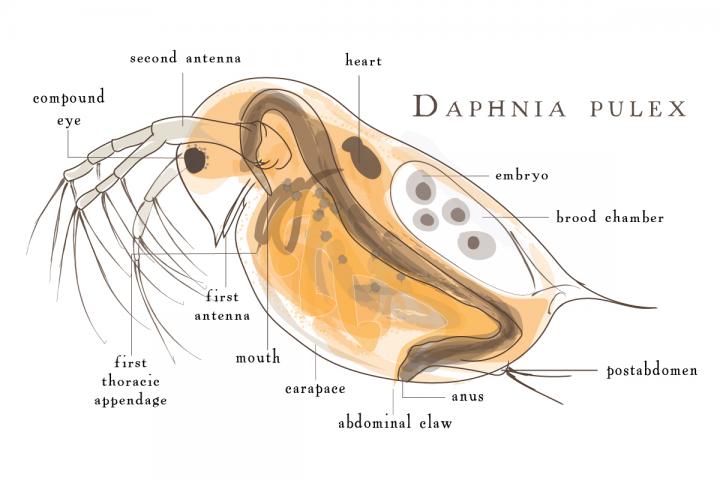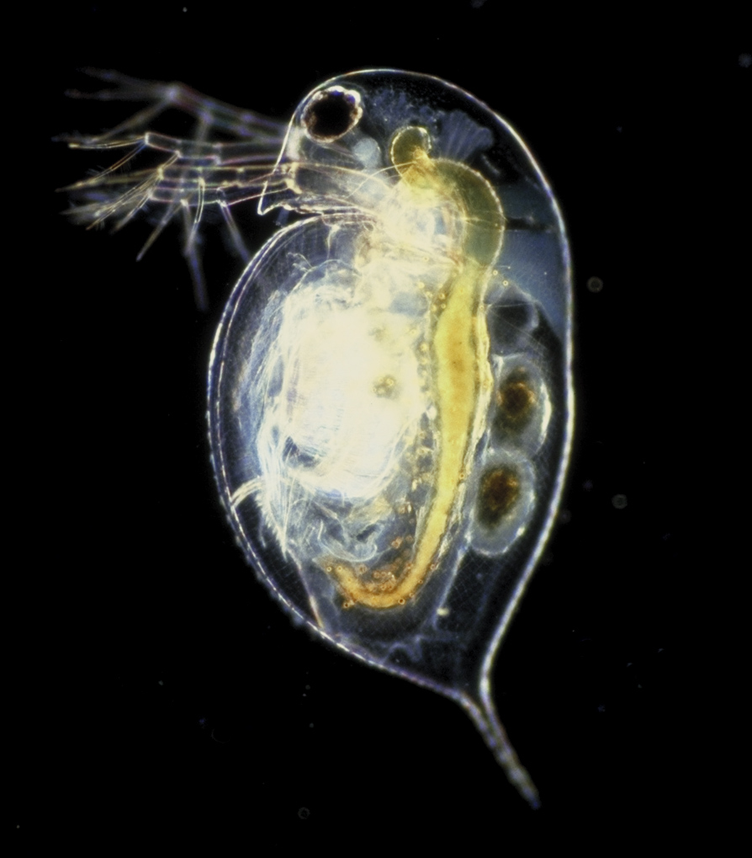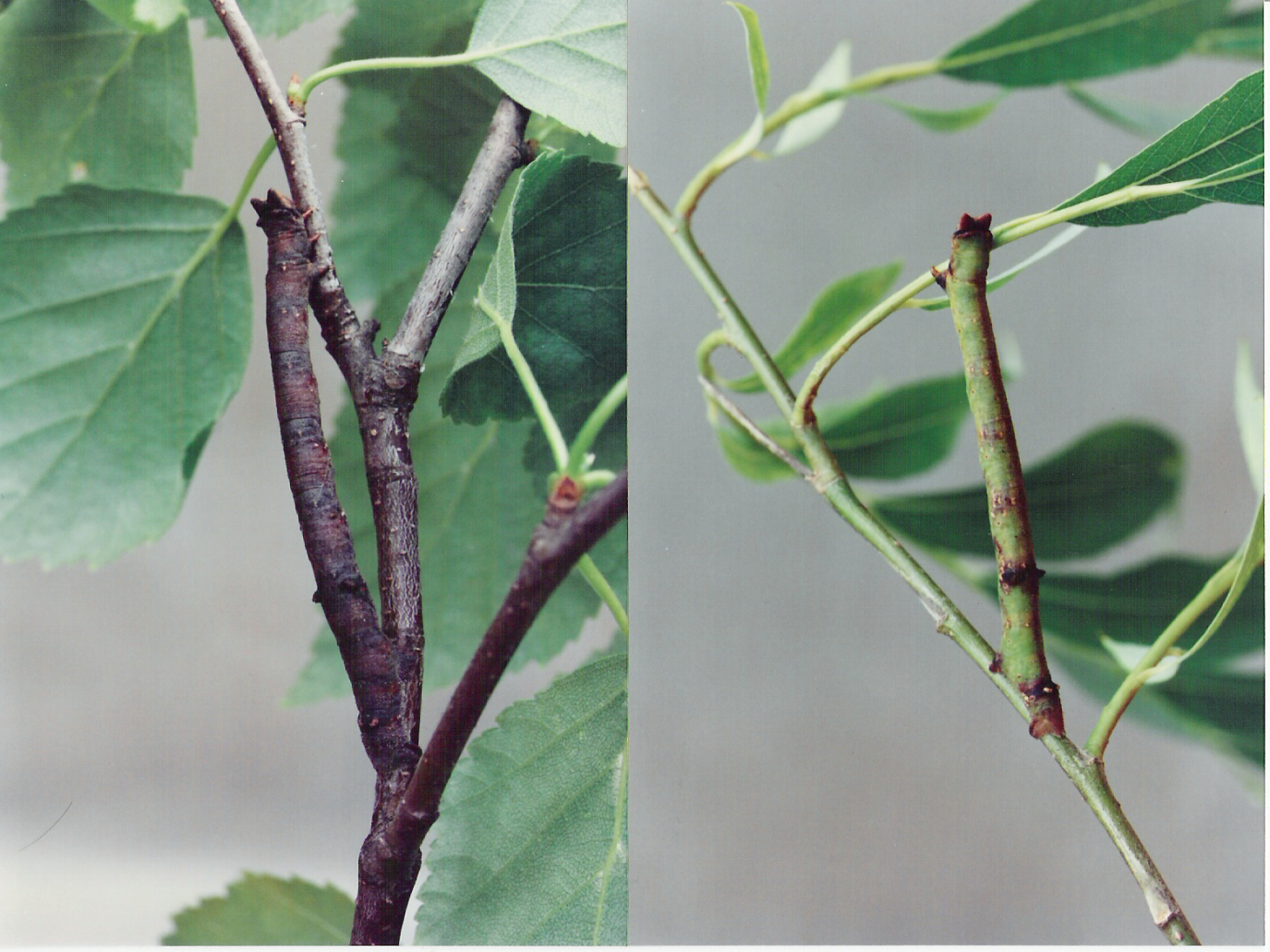|
Kairomones
A kairomone (a coinage using the Greek καιρός ''opportune moment'', paralleling pheromone"kairomone, n.". OED Online. September 2012. Oxford University Press. http://www.oed.com/view/Entry/241005?redirectedFrom=kairomone (accessed 3 October 2012).) is a semiochemical, emitted by an organism, which mediates interspecific interactions in a way that benefits an individual of another species which receives it and harms the emitter. This "eavesdropping" is often disadvantageous to the producer (though other benefits of producing the substance may outweigh this cost, hence its persistence over evolutionary time). The kairomone improves the fitness of the recipient and in this respect differs from an allomone (which is the opposite: it benefits the producer and harms the receiver) and a synomone (which benefits both parties). The term is mostly used in the field of entomology (the study of insects). Two main ecological cues are provided by kairomones; they generally either indicat ... [...More Info...] [...Related Items...] OR: [Wikipedia] [Google] [Baidu] |
Semiochemical
A semiochemical, from the Greek σημεῖον (''semeion''), meaning "signal", is a chemical substance or mixture released by an organism that affects the behaviors of other individuals. Semiochemical communication can be divided into two broad classes: communication between individuals of the same species (intraspecific) or communication between different species (interspecific). It is usually used in the field of chemical ecology to encompass pheromones, allomones, kairomones, attractants and repellents. Many insects, including parasitic insects, use semiochemicals. Pheromones are intraspecific signals that aid in finding mates, food and habitat resources, warning of enemies, and avoiding competition. Interspecific signals known as allomones and kairomones have similar functions. In nature Pheromone A pheromone (from Greek ''phero'' "to bear" + ''hormone'' from Greek – "impetus") is a secreted or excreted chemical factor that triggers a social response in members of ... [...More Info...] [...Related Items...] OR: [Wikipedia] [Google] [Baidu] |
Daphnia
''Daphnia'' is a genus of small planktonic crustaceans, in length. ''Daphnia'' are members of the order Anomopoda, and are one of the several small aquatic crustaceans commonly called water fleas because their saltatory swimming style resembles the movements of fleas. ''Daphnia'' spp. live in various aquatic environments ranging from acidic swamps to freshwater lakes and ponds. The two most commonly found species of ''Daphnia'' are '' D. pulex'' (small and most common) and '' D. magna'' (large). They are often associated with a related genus in the order Cladocera: ''Moina'', which is in the Moinidae family instead of the Daphniidae, and is much smaller than ''D. pulex'' (roughly half the maximum length). Appearance and characteristics The body of a ''Daphnia'' species is usually long, and is divided into segments, although this division is not visible. The head is fused, and is generally bent down towards the body with a visible notch separating the two. ... [...More Info...] [...Related Items...] OR: [Wikipedia] [Google] [Baidu] |
Bark Beetle
A bark beetle is the common name for the subfamily of beetles Scolytinae. Previously, this was considered a distinct family (Scolytidae), but is now understood to be a specialized clade of the "true weevil" family (Curculionidae). Although the term "bark beetle" refers to the fact that many species feed in the inner bark (phloem) layer of trees, the subfamily also has many species with other lifestyles, including some that bore into wood, feed in fruit and seeds, or tunnel into herbaceous plants. Well-known species are members of the type genus ''Scolytus'', namely the European elm bark beetle ''S. multistriatus'' and the large elm bark beetle ''S. scolytus'', which like the American elm bark beetle ''Hylurgopinus rufipes'', transmit Dutch elm disease fungi (''Ophiostoma''). The mountain pine beetle ''Dendroctonus ponderosae'', southern pine beetle ''Dendroctonus frontalis'', and their near relatives are major pests of conifer forests in North America. A similarly aggressive spe ... [...More Info...] [...Related Items...] OR: [Wikipedia] [Google] [Baidu] |
Neologism
A neologism Greek νέο- ''néo''(="new") and λόγος /''lógos'' meaning "speech, utterance"] is a relatively recent or isolated term, word, or phrase that may be in the process of entering common use, but that has not been fully accepted into mainstream language. Neologisms are often driven by changes in culture and technology. In the process of language formation, neologisms are more mature than '' protologisms''. A word whose development stage is between that of the protologism (freshly coined) and neologism (new word) is a ''prelogism''. Popular examples of neologisms can be found in science, fiction (notably science fiction), films and television, branding, literature, jargon, cant, linguistics, the visual arts, and popular culture. Former examples include ''laser'' (1960) from Light Amplification by Stimulated Emission of Radiation; ''robot'' (1941) from Czech writer Karel Čapek's play ''R.U.R. (Rossum's Universal Robots)''; and ''agitprop'' (1930) (a portmanteau of " ... [...More Info...] [...Related Items...] OR: [Wikipedia] [Google] [Baidu] |
Mating
In biology, mating is the pairing of either opposite-sex or hermaphroditic organisms for the purposes of sexual reproduction. ''Fertilization'' is the fusion of two gametes. ''Copulation'' is the union of the sex organs of two sexually reproducing animals for insemination and subsequent internal fertilization. Mating may also lead to external fertilization, as seen in amphibians, fishes and plants. For most species, mating is between two individuals of opposite sexes. However, for some hermaphroditic species, copulation is not required because the parent organism is capable of self-fertilization (autogamy); for example, banana slugs. The term ''mating'' is also applied to related processes in bacteria, archaea and viruses. Mating in these cases involves the pairing of individuals, accompanied by the pairing of their homologous chromosomes and then exchange of genomic information leading to formation of recombinant progeny (see mating systems). Animals For animals, mating ... [...More Info...] [...Related Items...] OR: [Wikipedia] [Google] [Baidu] |
Fear
Fear is an intensely unpleasant emotion in response to perceiving or recognizing a danger or threat. Fear causes physiological changes that may produce behavioral reactions such as mounting an aggressive response or fleeing the threat. Fear in human beings may occur in response to a certain stimulus occurring in the present, or in anticipation or expectation of a future threat perceived as a risk to oneself. The fear response arises from the perception of danger leading to confrontation with or escape from/avoiding the threat (also known as the fight-or-flight response), which in extreme cases of fear (horror and terror) can be a freeze response or paralysis. In humans and other animals, fear is modulated by the process of cognition and learning. Thus, fear is judged as rational or appropriate and irrational or inappropriate. An irrational fear is called a phobia. Fear is closely related to the emotion anxiety, which occurs as the result of threats that are perceived to b ... [...More Info...] [...Related Items...] OR: [Wikipedia] [Google] [Baidu] |
Mice
A mouse ( : mice) is a small rodent. Characteristically, mice are known to have a pointed snout, small rounded ears, a body-length scaly tail, and a high breeding rate. The best known mouse species is the common house mouse (''Mus musculus''). Mice are also popular as pets. In some places, certain kinds of field mice are locally common. They are known to invade homes for food and shelter. Mice are typically distinguished from rats by their size. Generally, when a muroid rodent is discovered, its common name includes the term ''mouse'' if it is smaller, or ''rat'' if it is larger. The common terms ''rat'' and ''mouse'' are not taxonomically specific. Typical mice are classified in the genus '' Mus'', but the term ''mouse'' is not confined to members of ''Mus'' and can also apply to species from other genera such as the deer mouse, ''Peromyscus''. Domestic mice sold as pets often differ substantially in size from the common house mouse. This is attributable to breeding a ... [...More Info...] [...Related Items...] OR: [Wikipedia] [Google] [Baidu] |
Midge
A midge is any small fly, including species in several families of non-mosquito Nematoceran Diptera. Midges are found (seasonally or otherwise) on practically every land area outside permanently arid deserts and the frigid zones. Some midges, such as many Phlebotominae (sand fly) and Simuliidae (black fly), are vectors of various diseases. Many others play useful roles as prey for insectivores, such as various frogs and swallows. Others are important as detritivores, and form part of various nutrient cycles. The habits of midges vary greatly from species to species, though within any particular family, midges commonly have similar ecological roles. Examples of families that include species of midges include: * Blephariceridae, net-winged midges * Cecidomyiidae, gall midges * Ceratopogonidae, biting midges (also known as no-see-ums or punkies in North Americabr>BugGuide/ref> and sandflies in Australia) * Chaoboridae, phantom midges * Chironomidae, non-biting midges (a ... [...More Info...] [...Related Items...] OR: [Wikipedia] [Google] [Baidu] |
Chaoborus Flavicans
''Chaoborus flavicans'' is a species of fly in the family Chaoboridae. It is found in the Palearctic The Palearctic or Palaearctic is the largest of the eight biogeographic realms of the Earth. It stretches across all of Eurasia north of the foothills of the Himalayas, and North Africa. The realm consists of several bioregions: the Euro-Sibe ....Bei-Bienko, G.Y. & Steyskal, G.C. (1988) ''Keys to the Insects of the European Part of the USSR'', Volume V: Diptera and Siphonaptera, Parts I,II. Amerind Publishing Co., New Delhi. References Chaoboridae Diptera of Asia Diptera of Europe Insects described in 1830 Taxa named by Johann Wilhelm Meigen {{Culicoidea-stub ... [...More Info...] [...Related Items...] OR: [Wikipedia] [Google] [Baidu] |
Larva
A larva (; plural larvae ) is a distinct juvenile form many animals undergo before metamorphosis into adults. Animals with indirect development such as insects, amphibians, or cnidarians typically have a larval phase of their life cycle. The larva's appearance is generally very different from the adult form (''e.g.'' caterpillars and butterflies) including different unique structures and organs that do not occur in the adult form. Their diet may also be considerably different. Larvae are frequently adapted to different environments than adults. For example, some larvae such as tadpoles live almost exclusively in aquatic environments, but can live outside water as adult frogs. By living in a distinct environment, larvae may be given shelter from predators and reduce competition for resources with the adult population. Animals in the larval stage will consume food to fuel their transition into the adult form. In some organisms like polychaetes and barnacles, adults are immobil ... [...More Info...] [...Related Items...] OR: [Wikipedia] [Google] [Baidu] |
Leptodora
''Leptodora'' is a genus containing two species of large, nearly transparency and translucency, transparent Predation, predatory water fleas. They grow up to long, with two large antenna (biology), antennae used for swimming and a single compound eye. The legs are used to catch copepods that it comes into contact with by chance. ''Leptodora kindtii'' is found in temperate lakes across the Northern Hemisphere and is probably the only cladoceran ever alpha taxonomy, described in a newspaper; ''L. richardi'' is only known from eastern Russia. For most of the year, ''Leptodora'' reproduces parthenogenesis, parthenogenetically, with males only appearing late in the season, to produce winter eggs which hatch the following spring. ''Leptodora'' is the only genus in its family, the Leptodoridae, and suborder, Haplopoda. Description Adults of ''Leptodora'' are the largest planktonic cladocerans native to North America; reports vary concerning the largest size, but adult females typically ... [...More Info...] [...Related Items...] OR: [Wikipedia] [Google] [Baidu] |
Predator-induced Polyphenism
A polyphenic trait is a trait for which multiple, discrete phenotypes can arise from a single genotype as a result of differing environmental conditions. It is therefore a special case of phenotypic plasticity. There are several types of polyphenism in animals, from having sex determined by the environment to the castes of honey bees and other social insects. Some polyphenisms are seasonal, as in some butterflies which have different patterns during the year, and some Arctic animals like the snowshoe hare and Arctic fox, which are white in winter. Other animals have predator-induced or resource polyphenisms, allowing them to exploit variations in their environment. Some nematode worms can develop either into adults or into resting dauer larvae according to resource availability. Definition upright=1.2, Polyphenism in termites A : Primary king B : Primary queen C : Secondary queen D : Tertiary queen E : Soldiers F : Worker A polyphenism is the occur ... [...More Info...] [...Related Items...] OR: [Wikipedia] [Google] [Baidu] |





